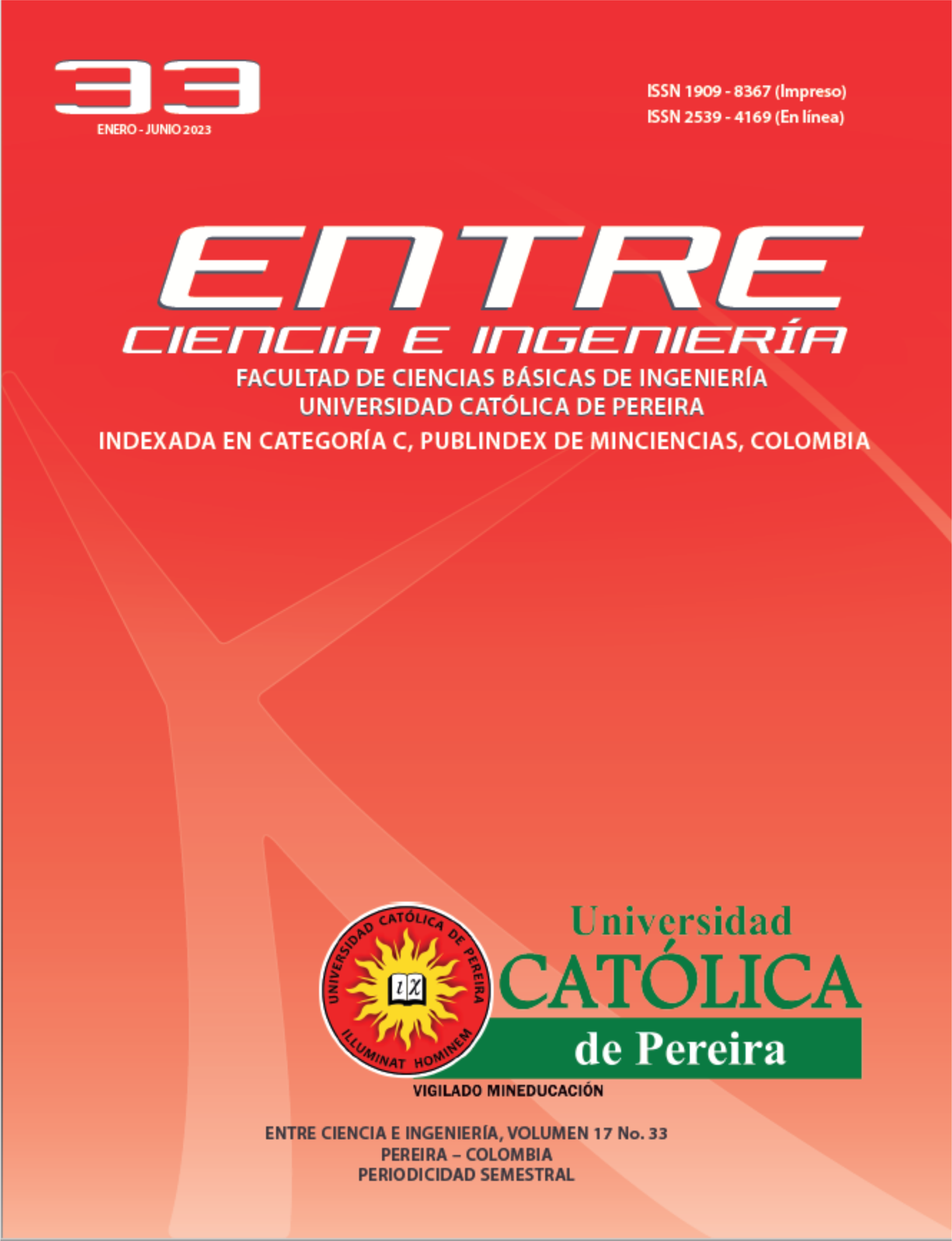Inventory Management Model in Humanitarian Logistics for the Optimal Response to a Possible Natural Disaster in the District of Barrancabermeja
DOI:
https://doi.org/10.31908/19098367.2801Keywords:
E-commerce, inventory, management, dual channel, retail, stochastic demandAbstract
The chaotic conditions after a disaster can cause imbalances in the supply chain, affecting the level of inventory in each storage location and the shelters destined for the care of the affected people. The common goal for all relief operations is to reach people in need and deliver aid on time. Now, an inventory management model approach is proposed through the use of lateral transfers, it is considered that in this way the effectiveness of the help activities between shelters can be improved. Thus, a decision model oriented to inventory management in humanitarian logistics in the post-disaster phase in the event of a possible earthquake is presented. The proposed model links stochastic demand inventories with a periodic review for the decisions making in the supply management process with lateral transshipment.
References
S. Baskaya, M. A. Ertem, and S. Duran, “Pre-positioning of relief items in humanitarian logistics considering lateral transhipment opportunities,” Socioecon. Plann. Sci., vol. 57, pp. 50–60, Mar. 2017, doi: 10.1016/j.seps.2016.09.001.
R. Das and S. Hanaoka, “Relief inventory modelling with stochastic lead-time and demand,” Eur. J. Oper. Res., vol. 235, no. 3, pp. 616–623, 2014, doi: 10.1016/j.ejor.2013.12.042.
P. Reyes, J. Man, and P. Jaska, “A Disaster Relief Inventory Model Based on Transshipment,” Indep. J. Manag. Prod., vol. 4, no. 2, pp. 481–509, Sep. 2013, doi: 10.14807/ijmp.v4i2.105.
B. Yan, T. Wang, Y. Liu, and Y. Liu, “Decision analysis of retailer-dominated dual-channel supply chain considering cost misreporting,” Int. J. Prod. Econ., vol. 178, pp. 34–41, Aug. 2016, doi: 10.1016/j.ijpe.2016.04.020.
N. B. Mulyono and Y. Ishida, “Mutual Support Model for Autonomous Lateral Supply Transshipment System,” in Proceedings of the Japan Joint Automatic Control Conference THE 54TH JAPAN JOINT AUTOMATIC CONTROL CONFERENCE, 2011, p. 142.
C. Paterson, G. Kiesmüller, R. Teunter, and K. Glazebrook, “Inventory models with lateral transshipments: A review,” Eur. J. Oper. Res., vol. 210, no. 2, pp. 125–136, Apr. 2011, doi: 10.1016/j.ejor.2010.05.048.
K. Xu, P. T. Evers, and M. C. Fu, “Estimating customer service in a two-location continuous review inventory model with emergency transshipments,” Eur. J. Oper. Res., vol. 145, no. 3, pp. 569–584, Mar. 2003, doi: 10.1016/S0377-2217(02)00158-3.
J. Meissner and O. V Senicheva, “Approximate dynamic programming for lateral transshipment problems in multi-location inventory systems,” Eur. J. Oper. Res., vol. 265, no. 1, pp. 49–64, 2018.
O. Zedadra et al., “Urban growth and access to opportunities: A challenge for Latin America,”2019. [Online]. Available:http://dx.doi.org/10.1016/j.regsciurbeco.2008.06.005%0A
N. Kunz and G. Reiner, “A meta-analysis of humanitarian logistics research,” J. Humanit. Logist. Supply Chain Manag., 2012.
J. Holguín-Veras, E. Taniguchi, F. Ferreira, M. Jaller, and R. G. Thompson, “The Tohoku disasters: preliminary findings concerning the post disaster humanitarian logistics response,” 2012.
H. Zhao, V. Deshpande, and J. K. Ryan, “Emergency transshipment in decentralized dealer networks: When to send and accept transshipment requests,” Nav. Res. Logist., vol. 53, no. 6, pp. 547–567, 2006.
J. F. Victoria, H. M. Afsar, and C. Prins, “Vehicle routing problem with time-dependent demand in humanitarian logistics,” in 2015 International Conference on Industrial Engineering and Systems Management (IESM), 2015, pp. 686–694.
P. C. Nolz, F. Semet, and K. F. Doerner, “Risk approaches for delivering disaster relief supplies,” OR Spectr., vol. 33, no. 3, pp. 543–569, 2011.
S. G. Fiom, “Effective and efficient use of safety or buffer stock,” Oper. Manag., vol. 5, pp. 27–31, 2012.
J.-S. Song, “The effect of leadtime uncertainty in a simple stochastic inventory model,” Manage. Sci., vol. 40, no. 5, pp. 603–613, 1994.








 Revista Entre Ciencia e Ingeniería
Revista Entre Ciencia e Ingeniería .png) entrecei@ucp.edu.co
entrecei@ucp.edu.co.png) ISSN (Impreso) 1909-8367 - ISSN (En Línea) 2539-4169
ISSN (Impreso) 1909-8367 - ISSN (En Línea) 2539-4169 Attribution-NonCommercial 4.0 International (CC By-NC 4.0)
Attribution-NonCommercial 4.0 International (CC By-NC 4.0)
.png) Carrera 21 No. 49-95 Av. de las Américas, Pereira, Risaralda, Colombia
Carrera 21 No. 49-95 Av. de las Américas, Pereira, Risaralda, Colombia